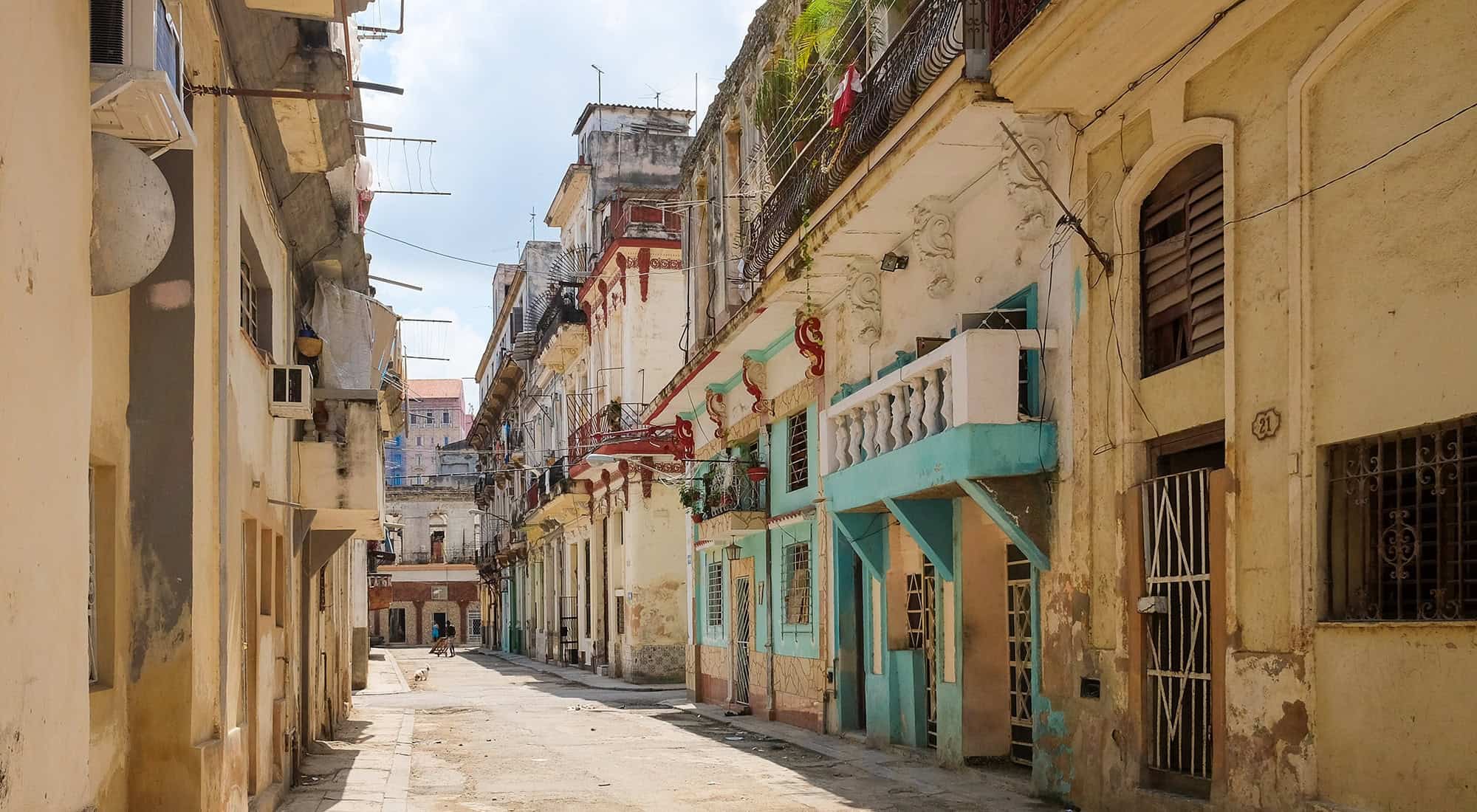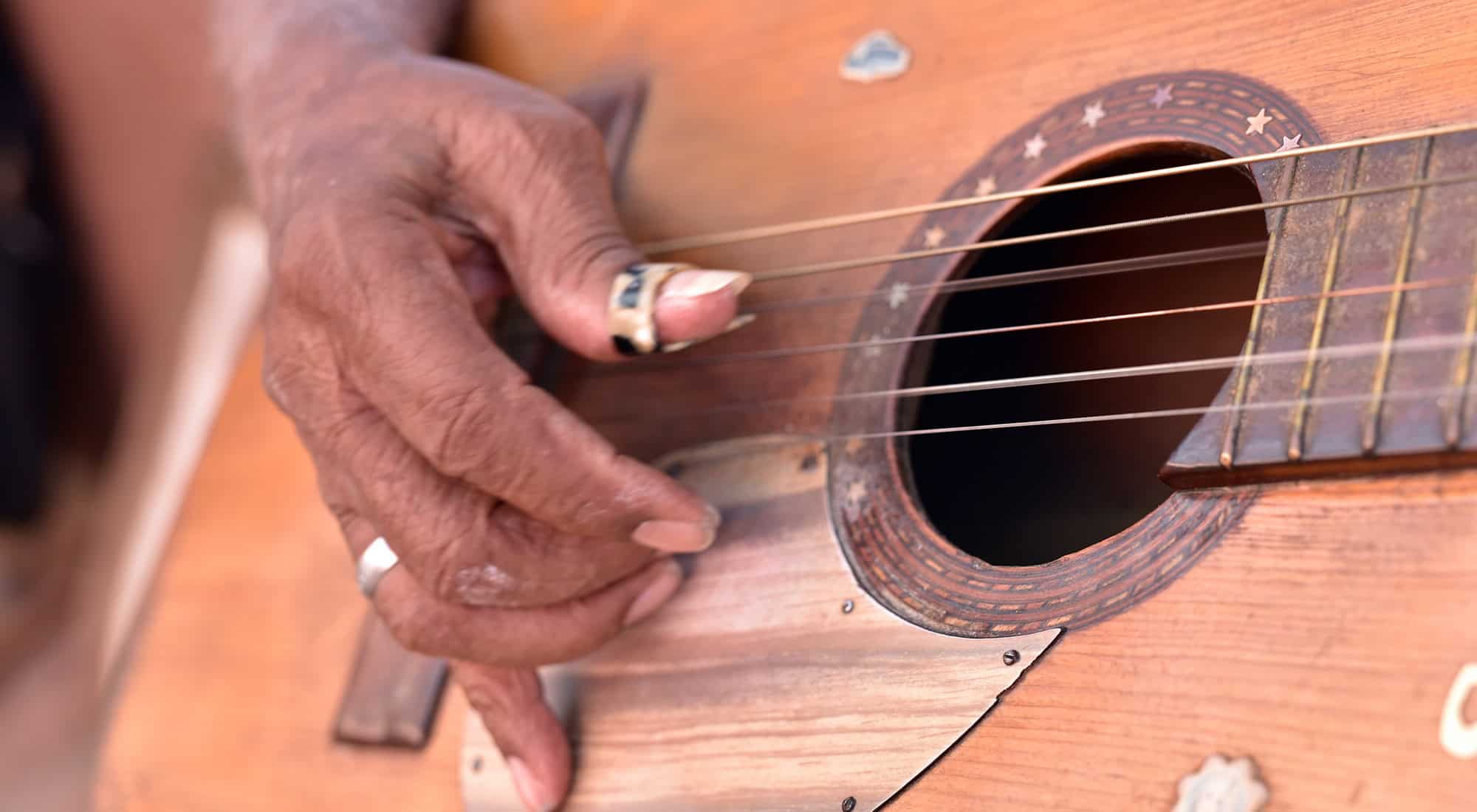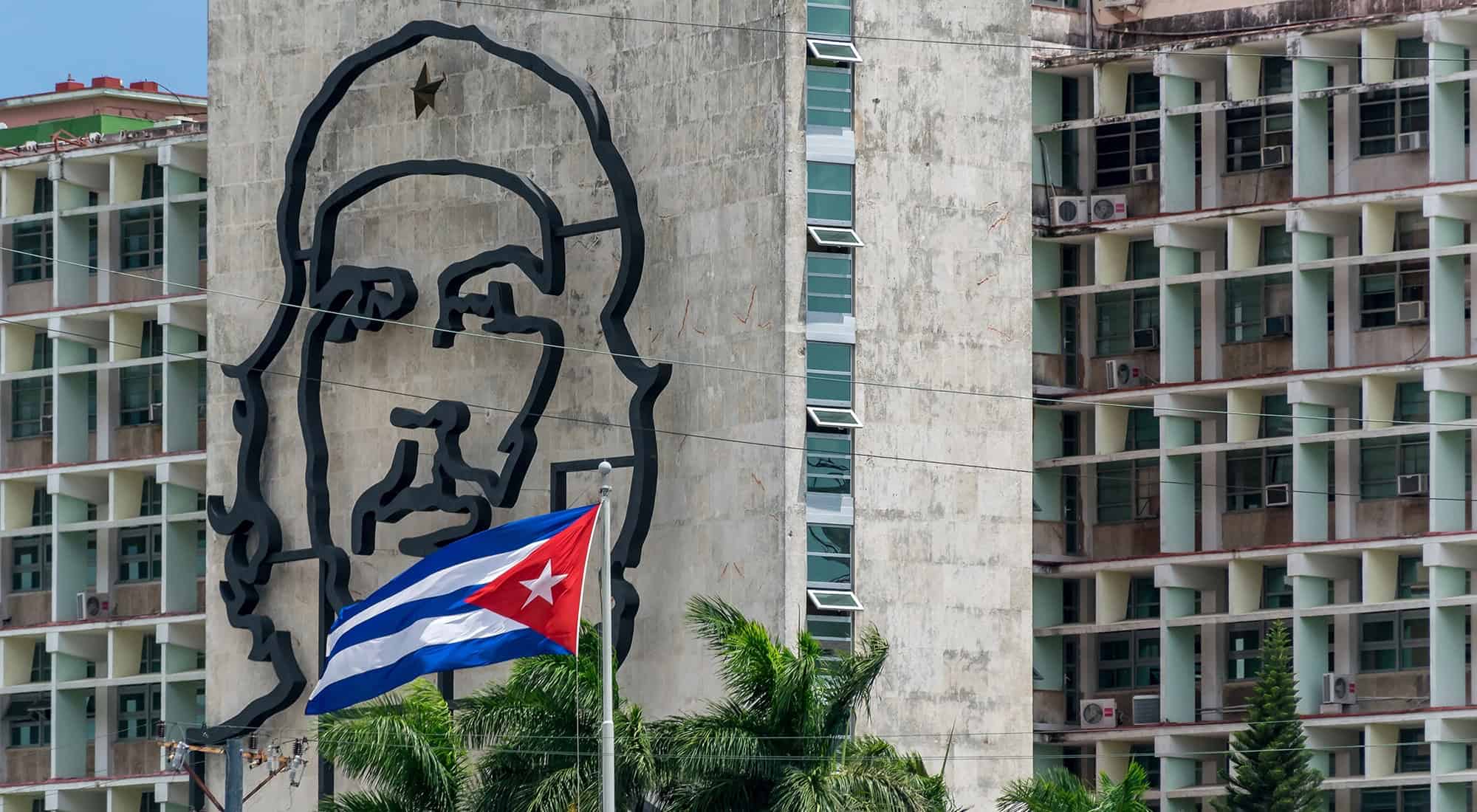Marlin fishing, gambling, beautiful prostitutes: these were the things that attracted Ernest Hemingway to Cuba in 1932.
At first he stayed at the Hotel Ambos Mundos in Havana, but his visits became so frequent that he decided to buy a property. In 1940 he bought Finca Vigía, a 14-acre farm outside Havana. The staff included three gardeners, a Chinese cook and a man who tended to the fighting cocks Hemingway bred.
During the Second World War, Hemingway set up his own counter-intelligence unit at the Finca, calling it ‘the Crook Factory’; his plan was to root out Nazi spies in Havana. He also armed his fishing boat, the Pilar, with bazookas and hand grenades. With a crew made up of Cuban friends and Spanish exiles from the Civil War, the Pilar cruised the waters around Havana in search of German U-Boats. The project surprisingly had the blessing of the US Embassy, who even assigned a radio operator to the Pilar. With no U-Boats in sight for several months, the mission turned into drunken fishing trips for Hemingway, his two sons and his friends.
When Hemingway returned to Cuba after more heroic contributions to the war effort in France, he wrote the book that was to have the biggest impact on the reading public, The Old Man and the Sea, which won him the Pulitzer Prize in 1953. This was a period of particularly heavy drinking for Hemingway: early-morning scotches were followed by numerous papa dobles (2½ jiggers of white rum, the juice of half a grapefruit, six drops of maraschino, mixed until foaming) at the Floridita, absinthe in the evening, two bottles of wine with dinner, and scotch and soda till the early hours in the casinos of Havana.
When the political situation under Batista began to grow tense in 1958, a government patrol shot one of Hemingway’s dogs at the Finca. By then he was older and wearier than he had been during the Spanish Civil War and he quietly went back to his home in Idaho, from where he heard the news of Fidel Castro’s victory. Hemingway made a public show of his support for the Revolution on his return to Cuba. He met Castro during the marlin fishing tournament, which the new president won. Hemingway’s last days at the Finca were taken up with work on The Dangerous Summer, a long essay about bullfighting, but his thoughts frequently turned to suicide, and he left for Florida in 1960. After the Bay of Pigs US-backed attempted invasion in 1961, the government appropriated the Finca. Hemingway committed suicide in the USA in 1961.
Bibliography: Hemingway, Kenneth S Lynn (Simon & Schuster, 1987).










